Owning a dog is a rewarding experience, but it comes with its responsibilities, including healthcare. Due to their genetic predispositions, some dog breeds are more prone to certain health conditions, leading to higher veterinary costs. Understanding these potential healthcare expenses can help prospective dog owners make informed decisions. Whether it’s due to chronic conditions, breed-specific health issues, or susceptibility to certain diseases, these breeds often require more frequent visits to the vet, specialized treatments, or ongoing care that can quickly add up in expenses.
13. English Bulldog
The English Bulldog is notorious for its extensive healthcare needs, primarily due to its unique physical characteristics. Bulldogs are prone to a variety of health issues, including respiratory problems like brachycephalic airway syndrome, hip dysplasia, and skin conditions. Their short, flat snout can lead to breathing difficulties, often requiring surgical intervention. Additionally, their heavy, stocky build makes them susceptible to joint problems. English Bulldogs also commonly suffer from allergies, which can lead to chronic skin infections that require ongoing treatment. These various health concerns can lead to frequent vet visits and substantial medical bills, making the English Bulldog one of the most expensive breeds to care for.

12. Bernese Mountain Dog
Bernese Mountain Dogs, with their large size and gentle temperament, are beloved family pets, but they are also prone to several serious health issues. The breed is known for its susceptibility to cancer, particularly histiocytic sarcoma, which can be both emotionally and financially devastating for owners. Additionally, Bernese Mountain Dogs are at risk for hip and elbow dysplasia, conditions that often require expensive surgeries or lifelong medication. Their large size also puts them at risk for bloat, a potentially life-threatening condition that requires immediate medical attention. These health challenges contribute to the high cost of care for Bernese Mountain Dogs.
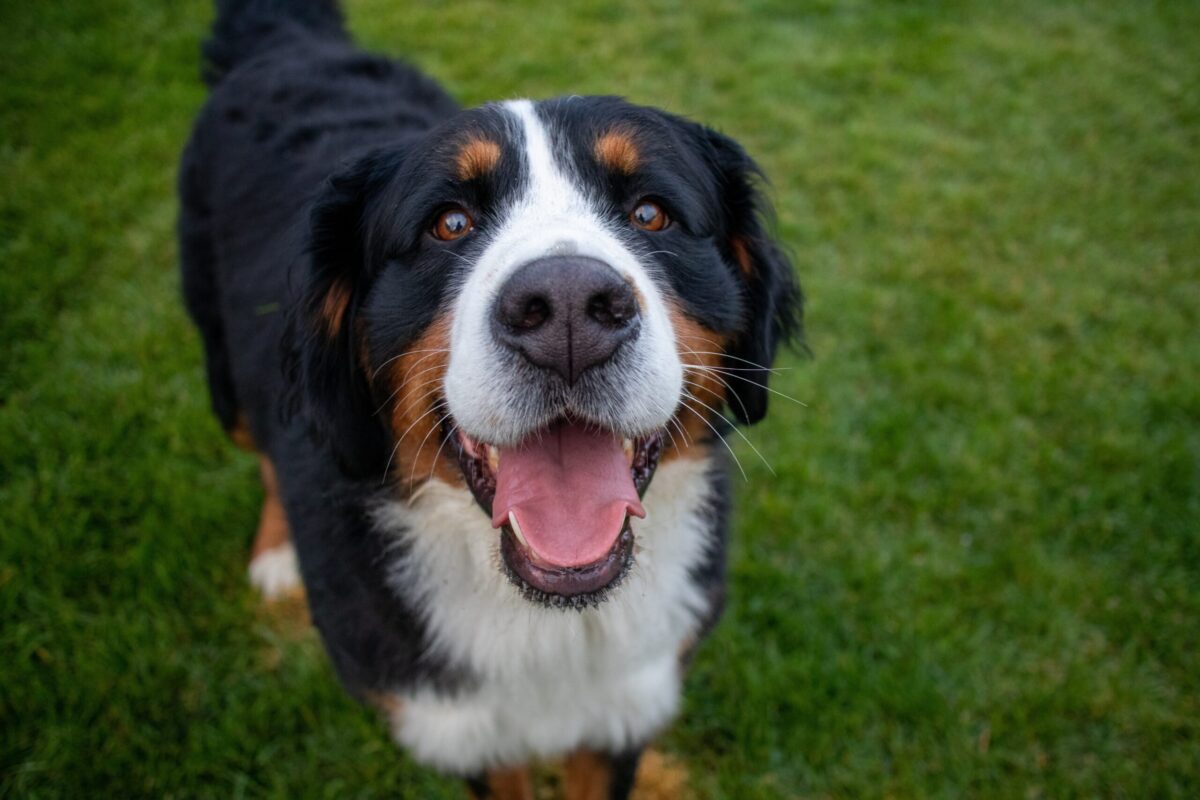
11. Rottweiler
Rottweilers are strong, powerful dogs, but they are also prone to several costly health issues. Hip and elbow dysplasia are common in this breed, often leading to arthritis and requiring surgery or long-term medication. Rottweilers are also at a higher risk for osteosarcoma, a type of bone cancer that is aggressive and often necessitates extensive treatment. Additionally, they can suffer from heart conditions like aortic stenosis, which requires regular monitoring and potential surgical intervention. The combination of these serious health concerns means that owning a Rottweiler can lead to significant veterinary expenses over the dog’s lifetime.
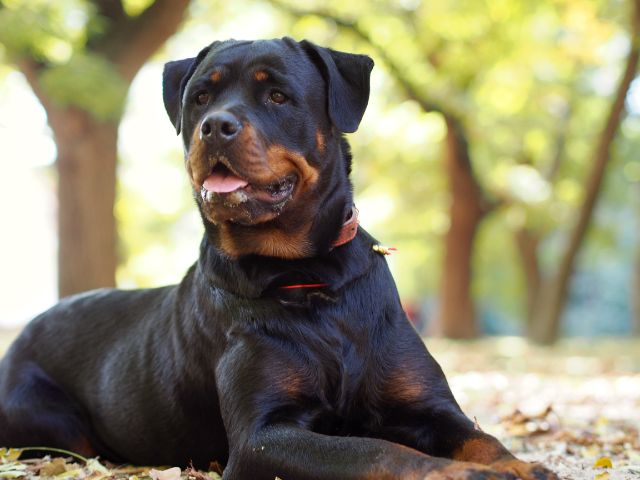
10. Boxer
Boxers are known for their playful and energetic nature, but they are also prone to a range of health problems that can lead to high veterinary bills. One of the most common issues in Boxers is cancer, particularly mast cell tumors and lymphoma. Boxers are also at risk for heart conditions such as cardiomyopathy, which requires regular monitoring and treatment. Additionally, Boxers can suffer from hip dysplasia and degenerative myelopathy, a progressive neurological disease that leads to paralysis. These health concerns mean that Boxers often require specialized care and treatment, contributing to their high healthcare expenses.
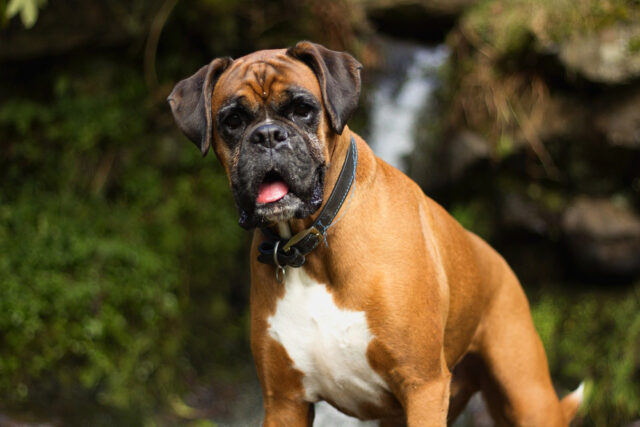
9. Cavalier King Charles Spaniel
Cavalier King Charles Spaniels are small, affectionate dogs that unfortunately come with a host of health issues. One of the most serious conditions affecting this breed is mitral valve disease, a heart condition that is common in Cavaliers and often leads to heart failure. This condition requires ongoing treatment and monitoring, which can be very expensive over time. Additionally, Cavalier King Charles Spaniels are prone to syringomyelia, a painful neurological condition caused by a malformation of the skull. The treatment for syringomyelia often involves expensive medications or surgery. These serious health concerns contribute to the high cost of owning a Cavalier King Charles Spaniel.

8. Newfoundland
Newfoundlands are large, gentle giants known for their sweet nature, but their size and breeding predispose them to several costly health problems. One of the most common issues in Newfoundlands is hip dysplasia, which can lead to arthritis and mobility problems, often requiring surgery. Additionally, Newfoundlands are prone to heart conditions like subvalvular aortic stenosis, a genetic disorder that can lead to heart failure. Their large size also puts them at risk for bloat, which requires immediate emergency surgery. The combination of these health issues means that Newfoundlands often incur high veterinary expenses throughout their lives.
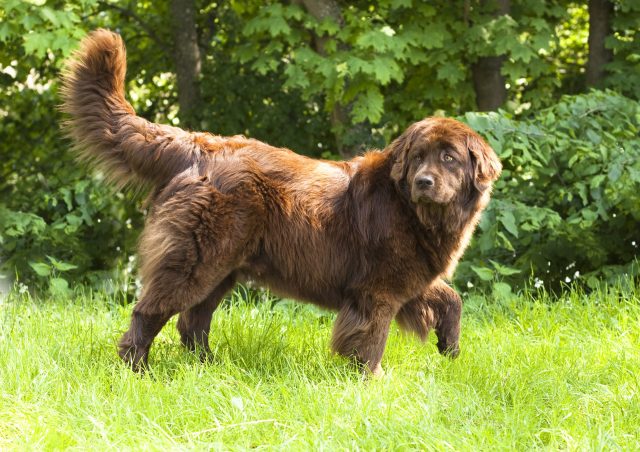
7. Great Dane
Great Danes, known for their towering size and gentle demeanor, are also associated with significant healthcare costs due to their susceptibility to certain health conditions. One of the most serious conditions affecting Great Danes is gastric dilatation-volvulus (GDV), commonly known as bloat, which is a life-threatening condition requiring emergency surgery. Great Danes are also prone to hip dysplasia and osteosarcoma, a type of bone cancer that is particularly aggressive in large breeds. Additionally, heart issues like dilated cardiomyopathy are common in Great Danes and require ongoing treatment. These health concerns can lead to substantial veterinary bills, making Great Danes one of the breeds with the highest healthcare expenses.

6. Irish Wolfhound
The Irish Wolfhound is a giant breed known for its gentle nature, but its large size also predisposes it to several serious health issues. One of the most common problems in Irish Wolfhounds is dilated cardiomyopathy, a heart condition that can lead to heart failure and requires ongoing treatment. Additionally, Irish Wolfhounds are at a higher risk for bone cancer, particularly osteosarcoma, which often necessitates aggressive and costly treatment. Hip dysplasia is another common issue in this breed, leading to mobility problems that may require surgical intervention. The combination of these serious health concerns contributes to the high cost of caring for an Irish Wolfhound.
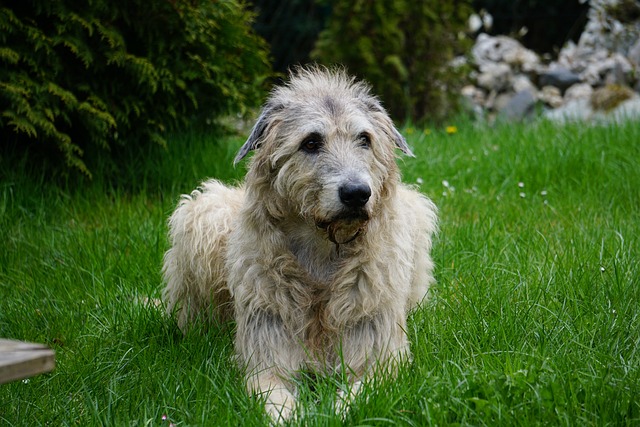
5. Tibetan Mastiff
Tibetan Mastiffs are large, powerful dogs known for their protective nature, but they are also prone to several health issues that can lead to high veterinary expenses. One of the most common problems in Tibetan Mastiffs is hip and elbow dysplasia, conditions that often require surgery or lifelong medication. Additionally, they are at risk for hypothyroidism, a condition that requires ongoing treatment and medication. Tibetan Mastiffs are also prone to eye conditions like entropion, where the eyelid rolls inward, which can require surgical correction. These health issues, combined with the breed’s large size, mean that Tibetan Mastiffs often have high healthcare costs.
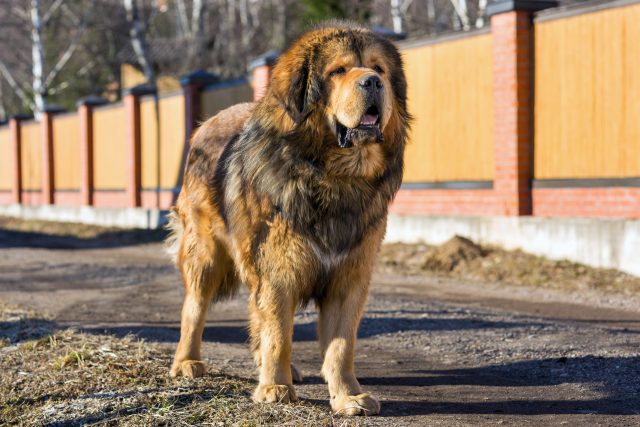
4. Akita
Akitas are strong, loyal dogs that are unfortunately prone to several serious health problems that can lead to high veterinary expenses. One of the most common issues in Akitas is hip dysplasia, which can cause pain and mobility problems, often requiring surgery. Akitas are also at risk for autoimmune disorders, which can lead to a range of health problems requiring ongoing treatment. Additionally, Akitas are prone to thyroid issues, such as hypothyroidism, which requires lifelong medication. The combination of these health concerns means that owning an Akita can lead to significant veterinary expenses over the dog’s lifetime.
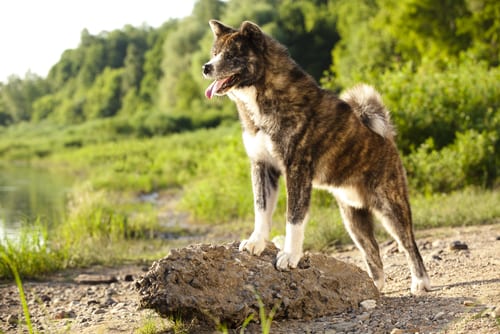
3. Saint Bernard
Saint Bernards are large, gentle dogs that are unfortunately associated with a range of health issues that can lead to high veterinary expenses. One of the most common problems in Saint Bernards is hip dysplasia, which can cause pain and mobility problems, often requiring surgery. Saint Bernards are also prone to heart conditions like dilated cardiomyopathy, which requires regular monitoring and treatment. Additionally, their large size makes them susceptible to bloat, a life-threatening condition that requires emergency surgery. The combination of these serious health concerns means that Saint Bernards often incur high veterinary costs throughout their lives.
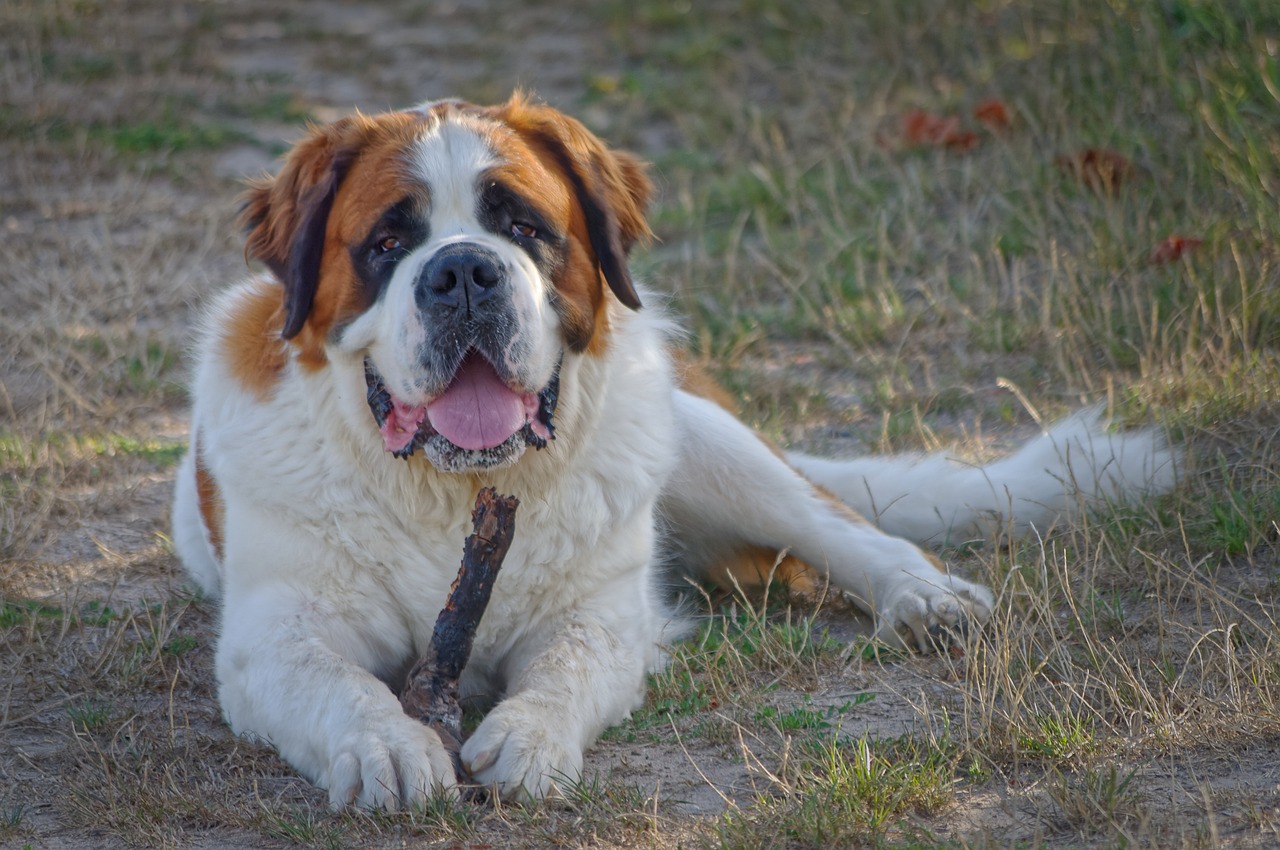
2. Shar Pei
Shar Peis are unique-looking dogs known for their wrinkled skin, but this distinct feature also predisposes them to several health issues that can lead to high veterinary expenses. One of the most common problems in Shar Peis is entropion, a condition where the eyelids roll inward, causing irritation and often requiring surgical correction. Shar Peis are also prone to skin infections due to their wrinkled skin, which can lead to ongoing treatment costs. Additionally, Shar Peis are at risk for hip dysplasia and autoimmune disorders, which require long-term management. These health concerns contribute to the high cost of owning a Shar Pei.
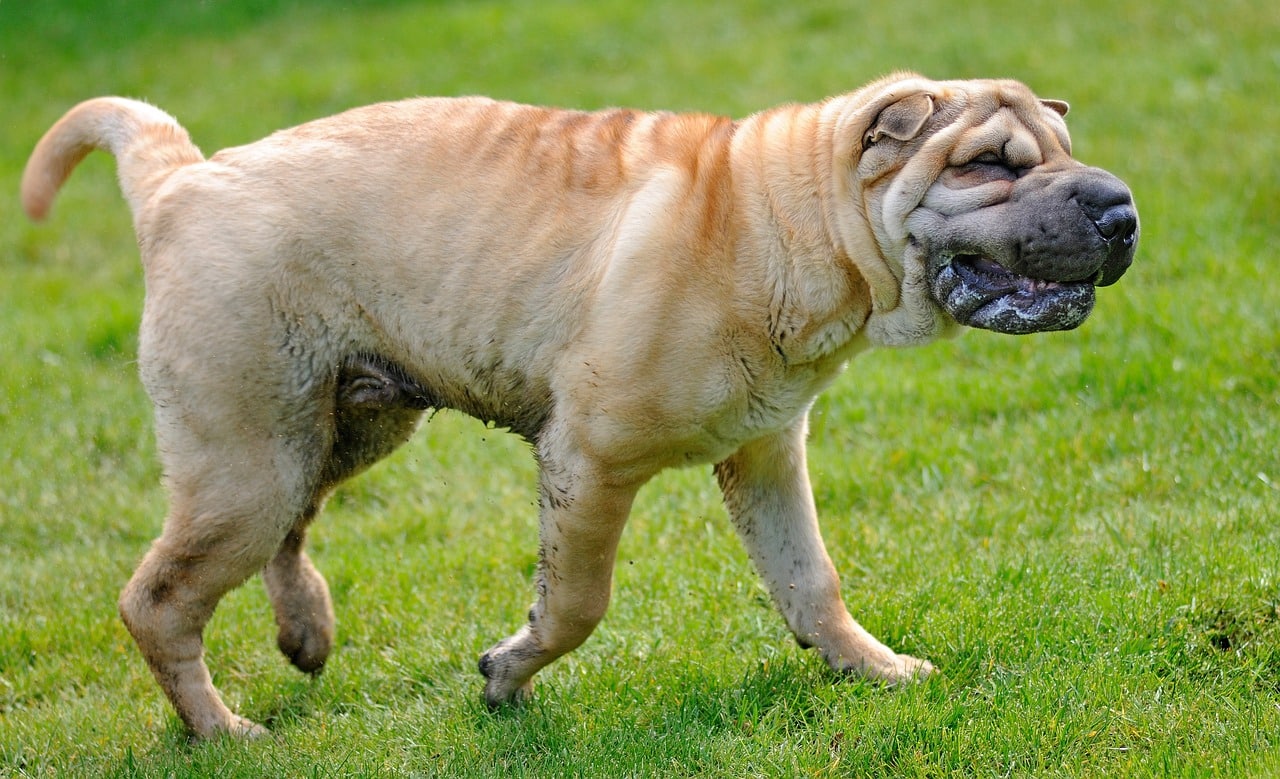
1. Dogue de Bordeaux
The Dogue de Bordeaux, also known as the French Mastiff, is a powerful and loyal breed that unfortunately comes with a host of health issues that can lead to significant veterinary expenses. One of the most common problems in this breed is hip dysplasia, which can cause pain and mobility problems, often requiring surgery. The Dogue de Bordeaux is also prone to heart conditions like dilated cardiomyopathy, which requires regular monitoring and treatment. Additionally, they are at risk for bloat, a life-threatening condition that requires emergency surgery. The combination of these serious health concerns means that the Dogue de Bordeaux often incurs high veterinary costs throughout its life.

Navigating Healthcare Costs for High-Risk Breeds
Owning a dog is a lifelong commitment that comes with both emotional and financial responsibilities. The breeds listed above are known for their higher healthcare expenses due to a predisposition to various health issues. Potential dog owners should consider these factors when choosing a breed, especially if budget constraints are a concern. While these breeds can bring immense joy and companionship, it’s important to be prepared for the potential costs associated with their care. Proper planning, including pet insurance and regular veterinary check-ups, can help manage these expenses and ensure that these beloved companions receive the best possible care.
 Toledo, United States.
Toledo, United States.